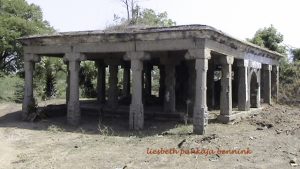
In this series of posts, I present to you the life and careers of three extraordinary individuals, Carel Hartsinck and his sons Pieter Hartsinck and Willem Carel Hartsinck. All three had remarkable lives and careers in the 17th century. Connecting Europe and Asia in various ways. They brought together German, Dutch, Indian, Vietnamese and Japanese persons, features and influences. Is it possible the two westerners depicted on a remarkable pavilion found on India’s East coast are Willem Carel Hartsinck and his father Carel?
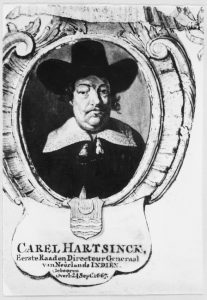
Carel Hartsinck
When Carel Hartsinck died in Batavia/Jacarta (Java) on 24 September 1667 he was half a world away from where he was born in 1611, in Meurs/Moers in the Rhineland. Not only geographically he had traveled far, but also hierarchically and socially he had crossed a great distance. Entering the service of the VOC, the Dutch East-India Company, at a young age, he had risen through the ranks, to end his life not only on the other side of the world but also at the highest position of the VOC in the East. At the time of his death, he was Governor-General of the VOC in the East. Could Carel Hartsinck be one of the two Dutch traders depicted on a small but highly significant astronomical pavilion on India’s East Coast?
The Hartsinck family belonged to the protestant elite who were forced to leave Antwerp when it fell to the Spanish in 1585. Carel’s grandfather, also called Carel Hartsinck, was an Antwerpen’s alderman. The family fled to Meurs (now called Moers), near Duisburg on the Rhine in what is today’s Germany, but was part of The Netherlands back then. Here his family also belonged to the elite, with his father, Joris Hartsinck attaining the position of Mayer of Meurs.
From Meurs to Tonkin
It is not clear when Carel first signed up with the VOC, or when he traveled eastwards. From 1633 till 1641 he was part of the staff of the VOC factory of Firado, now called Hirado, near Nagasaki in Japan. In 1637 he was sent to Tonkin, today’s Vietnam, to establish trade relations and a factory. Carel succeeded above expectations. He got on so well with king Trịnh Tráng (ruled 1623-1652) in Hanoi that he took Carel for adopted son and bestowed great honors on him. Carel was given the privilege to wear a mandarin mantle, carry the royal flag, as well as the title ‘Kentsiouco Karel’.
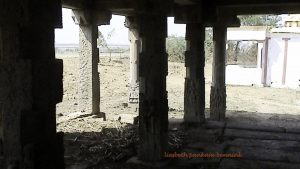
In 1641 Carel returns to Batavia where he is appointed as extra-ordinary council of the Dutch East Indies. 1643he returned to The Netherlands as commander of a returnfleet of 10 ships. In 1644 he is honored by the Lords Seventeen, the highest administrative body within the VOC, with an award of five hundred guilders, and the invitation to return to Batavia.
Back in Batavia, his career continues with great success. He is President of the VOC Orphanage (a very prestigious post in 17th century Batavia) between 1651 and 1653. In 1653 he was political-commissioner on behalf of the High Government of the VOC in the Church Council in Batavia. In 1655 to 1657 Hartsinck was Chairman of the College of Aldermen and from 1656 to 1667 First Council and Director General of the Dutch East Indies. He died in Batavia on September 24th 1667.
Family Life in Japan
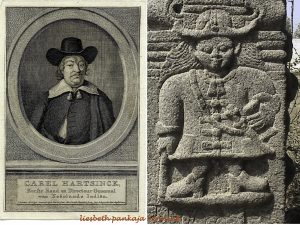
During his time in Firado/Hirado, Carel fathered two sons, Pieter and Willem Carel, with a Japanese woman, variously described as a geisha or a concubine. But also as a woman of noble birth on the grave inscription of her eldest son, Pieter Hartsinck. Interracial relationships between Western men and local women were very common in the early days of international trade between Europe and the East, although often without an official marriage. The bride had to be Christian for such marriages to be allowed. The relationship between Carel and the Japanese mother of his children was not a legally acknowledged marriage. In 1662 he acknowledges his two sons by testament.
In the late 30ies and early 40ies of the 17th century, Japan banished all foreigners, their women or wives, and their mixed-blood children. The remaining Dutch VOC traders were secluded on the artificial island of Decima off Nagasaki. Decima was especially constructed for that purpose. In 1641 Carel, his Japanese partner and both his sons came to Batavia, where the mother died in 1642.
When Carel travels to Holland in 1642 as commander of the return-fleet, he takes his sons with him. He brings them to his hometown of Meurs so they may have an education. This was quite extraordinary in that time. As it was officially against the rules and regulations of the VOC for staff to take mixed-race children with them back to The Netherlands. Both boys went on to have distinguishing careers. Pieter as a philosopher, mathematician and medical doctor in The Netherlands and Germany. Willem Carel went back to India and entered VOC service in 1651, just 13 years old, and continued in his father’s footsteps, rising to the highest ranks within the VOC.
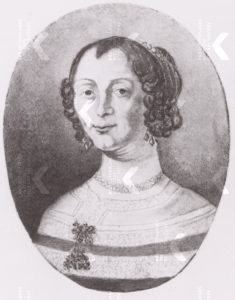
Sara de Solemne
Carel married Sara de Solemne, who was born in Arnhem in 1619 as the daughter of David de Solemne. David was later also an employee of the VOC in Asia. Sara was at the time the widow of a colleague of Carel, Pieter Smit. And she was the sister of Esther de Solemne who was married to Governor-General Rijcklof van Goens. Altogether a powerful combination. Carel and Sara would go on to have nine children, of whom seven reached adulthood. Sara outlived Carel by many years. She died in 1695 in Amsterdam, aged 75, a rich widow and mother of many successful children. Sara’s life was quite remarkable. She traveled several times between Amsterdam and the East.
Of the nine children mentioned in the sources, we have the names of seven: George, Hester, David, Willem, Johan, Carel, Joris. All of whom were half-sister and -brothers to the two sons by the Japanese lady, Pieter and Willem Carel. And step-siblings to Sara’s son Pieter by her first husband, Pieter Smit. The family was probably very close, although divided between Amsterdam and various parts of Asia. Because when his step-brother Pieter Smit died, after just three months Willem Carel married his widow, Belida van der Laan. Between them and other relatives (by marriage) they held a wide range of powerful positions within the VOC, both in Amsterdam and in the East and West Indies.
Double Headed Eagle
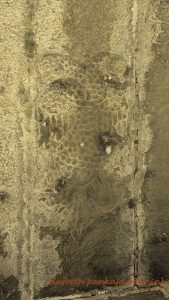
One feedback on my first article in which I proposed father and son Hartsinck as the persons portrayed in the eclipse pavilion was from a respected fellow historian who rightly remarked that without further proof, we cannot be certain of the identity of the two Westerners. He is fully correct of course. And I do hope to be able to dig deeper and eventually find direct evidence of their identity. In the meantime, there is one more fact that could be evidence pointing to the Hartsinck connection.
One of the symbols found on the pavilions’ ceiling is the Gandha Bherunda, the double-headed eagle. The Gandha Bherunda is an Indian mythological being that is a heraldic symbol of the royal family of Mysore. Mysore is a state in Western Karnataka, in the Deccan. This symbol is highly unusual in Tamil Nadu. Raja Deekshithar and I wondered about the presence of this symbol on the East coast but attributed it to its connection to the solar eclipse.
The double-headed eagle is also associated with the city of Meurs, Carel’s birthplace. This mythological bird was part of the heraldic symbolism of one of the rulers of Meurs, Frederik IV van Meurs (1392-1448). Meurs was an independent principality, part of the Holy Roman Empire. From the late 16th century till 1702 Prince Maurits of Oranje-Nassau and his descendants ruled over this county. The ancestors of today’s Dutch royal family.
The presence of the double-headed eagle could be evidence that the two westerners depicted here are indeed Willem Carel Hartsinck and his father Carel Hartsinck as I argued in a previous post. In my next post, I will tell you more about Pieter Hartsinck. This son of Carel Hartsinck and his Japanese beloved became a famous engineer who was an opponent to the well known polymath Leipnitz
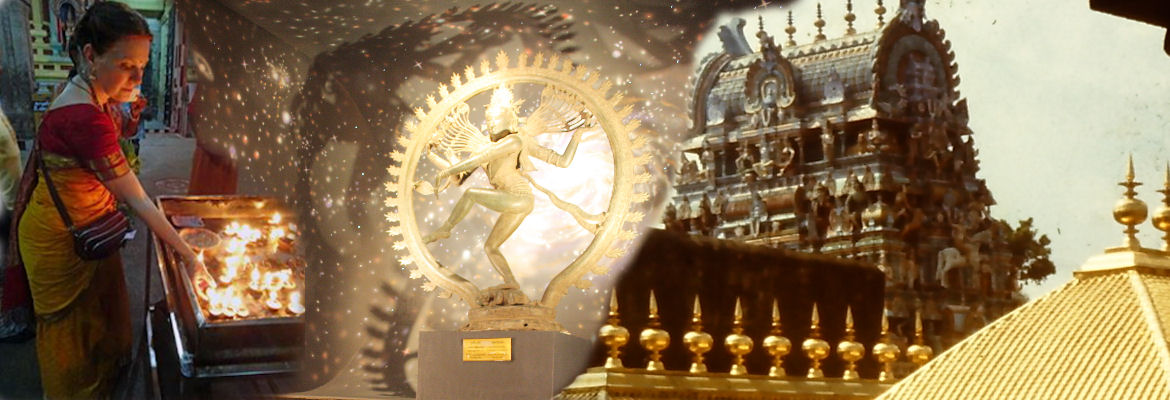
Uma V Chandru
Gandaberunda (a form that Vishnu took to battle with Sharaba and calm down) is found sculpted in 16th century temples in Andhra and also in Hoysalla period sculptures in karnatka long before the Mysore period. It was also used in coins during the Vijayanagara period.
Uma V Chandru
Gandaberunda (a form that Vishnu took to battle with Sharaba and calm down) is found sculpted in 16th century temples in Andhra and also in Hoysalla period sculptures in karnatka long before the Mysore period. It was also used in coins during the Vijayanagara period of Achutaraya.
Irene slameczka
Great insight into the reality of the dutch east indian company at the height of its time, navigating along the starlore they put up in the southern skies. I enjoy the read. Thank you for this article! Please allow to note thar the dutch enclave in japan was called deshima (shima means island), and the mathematician is leibniz